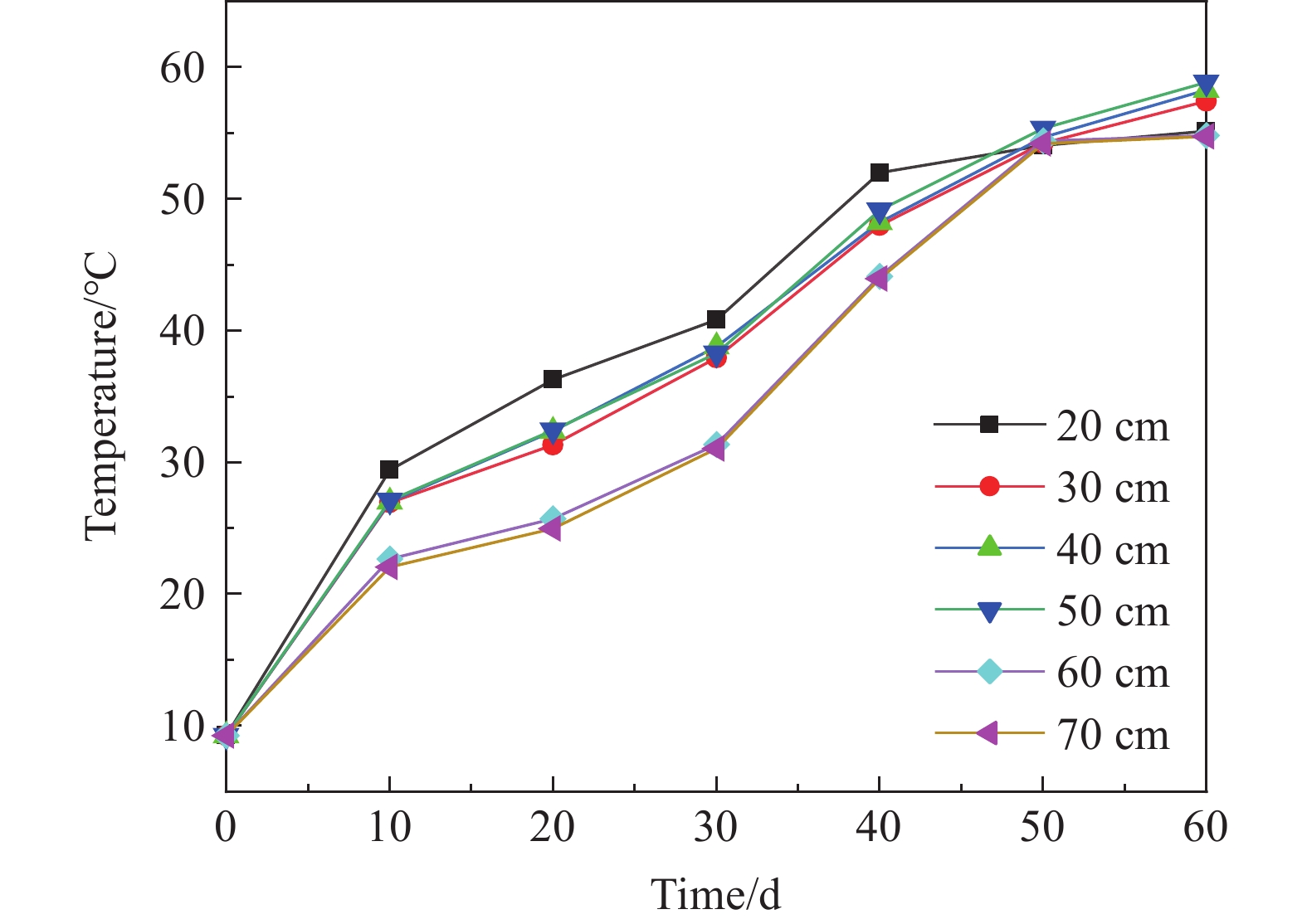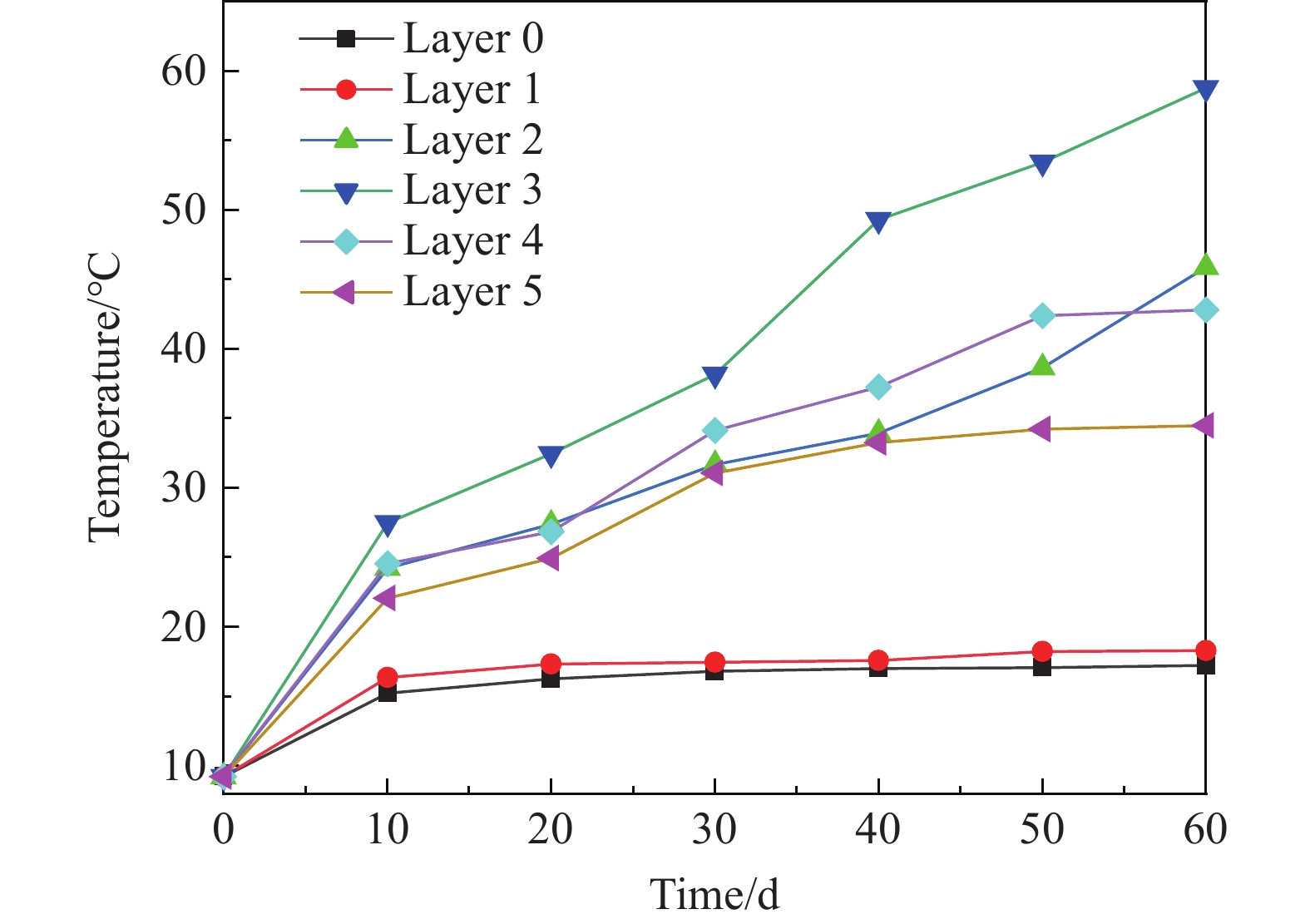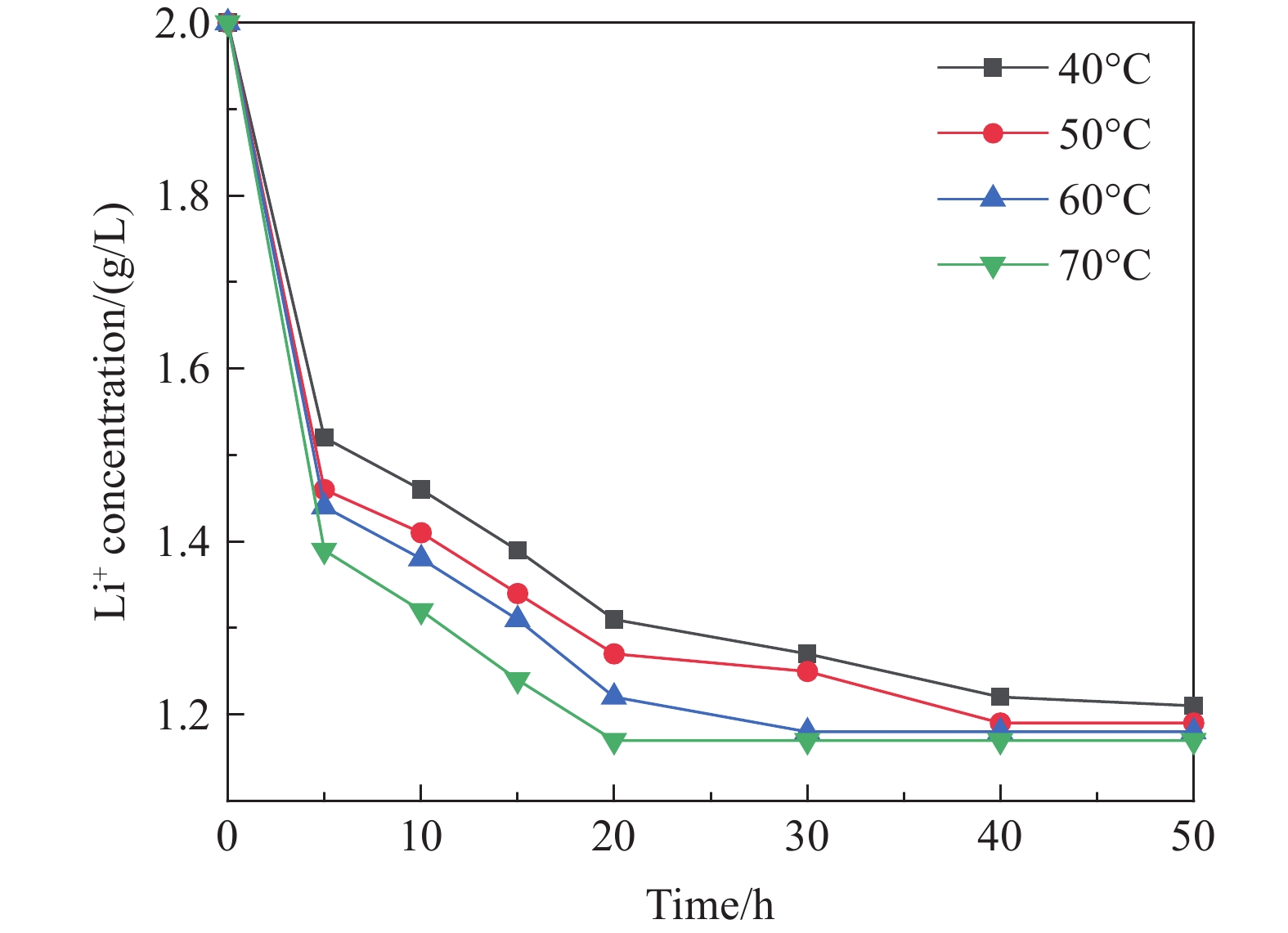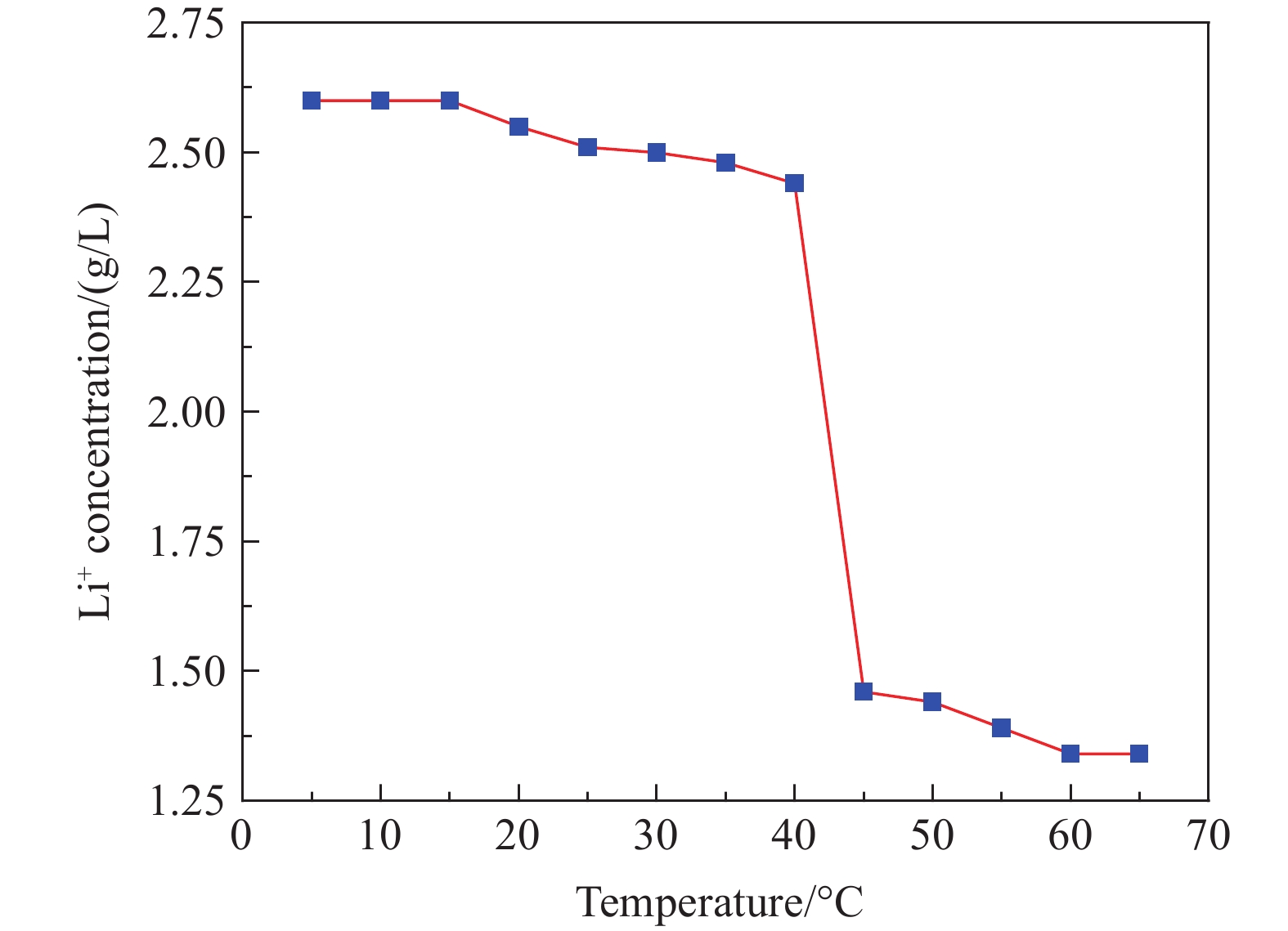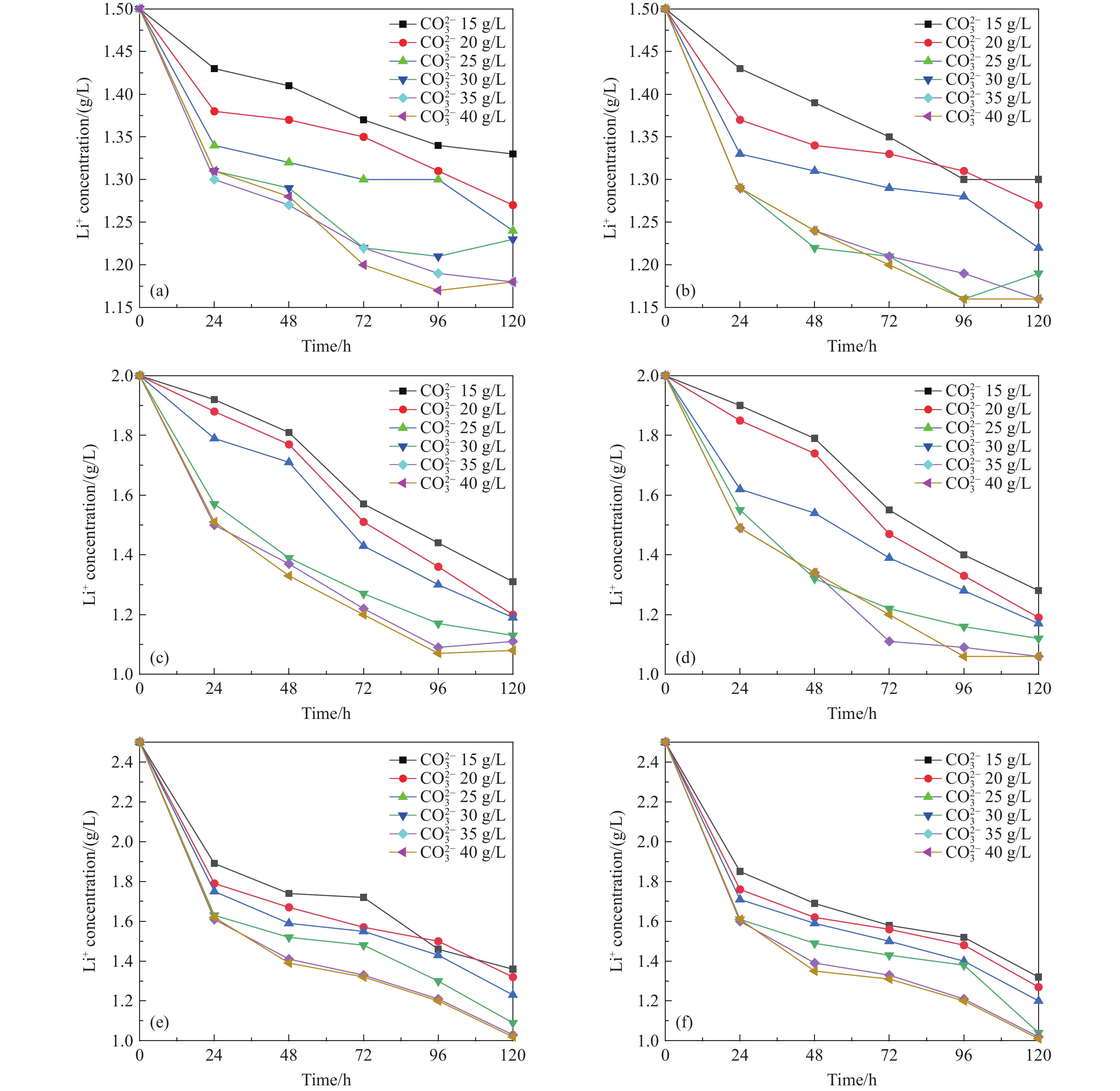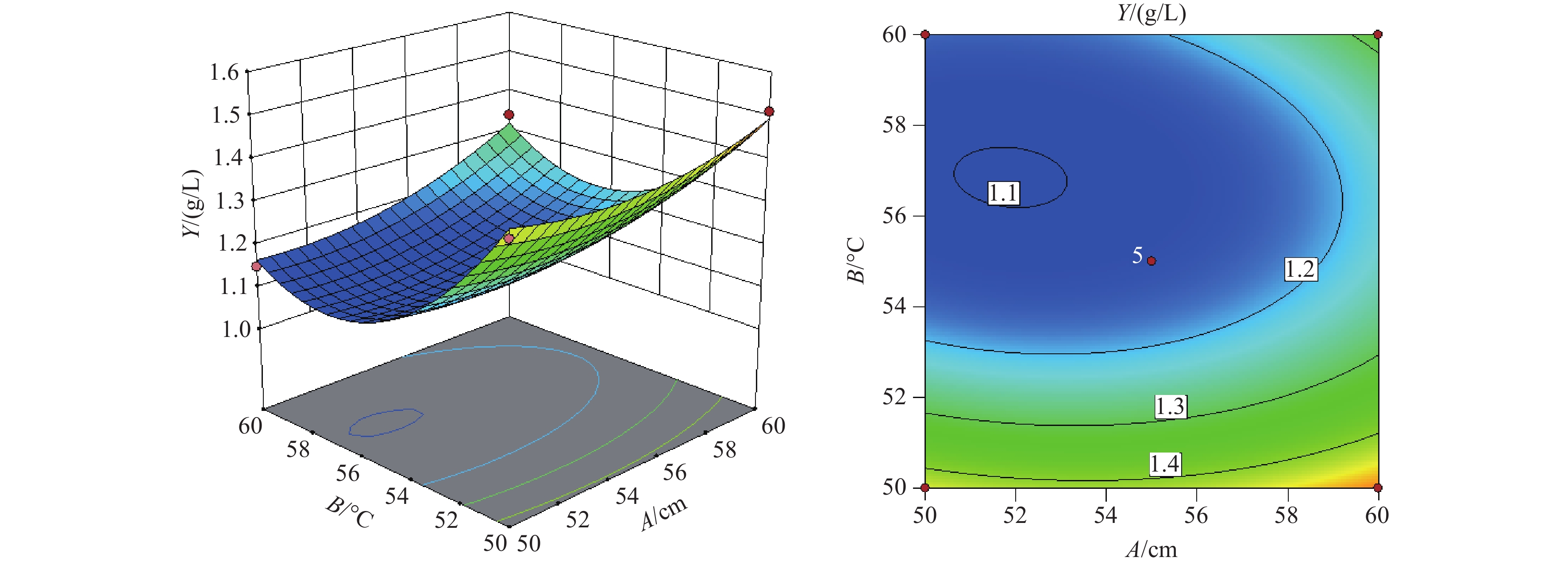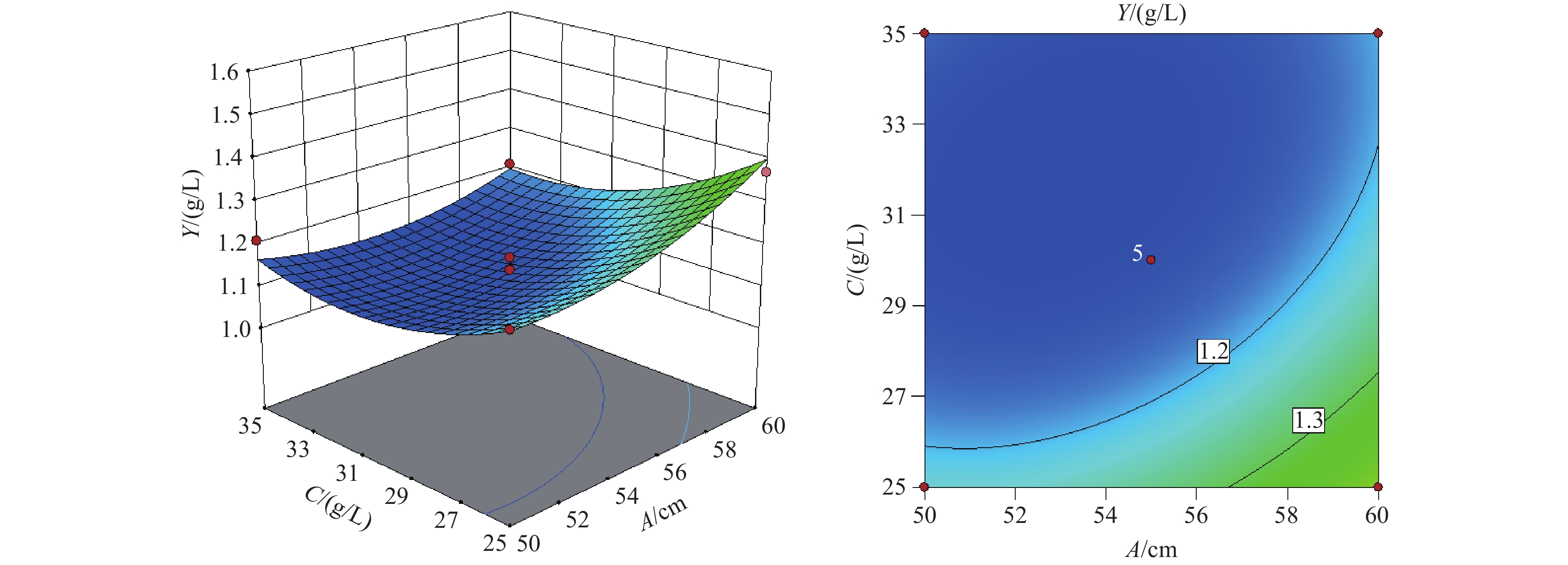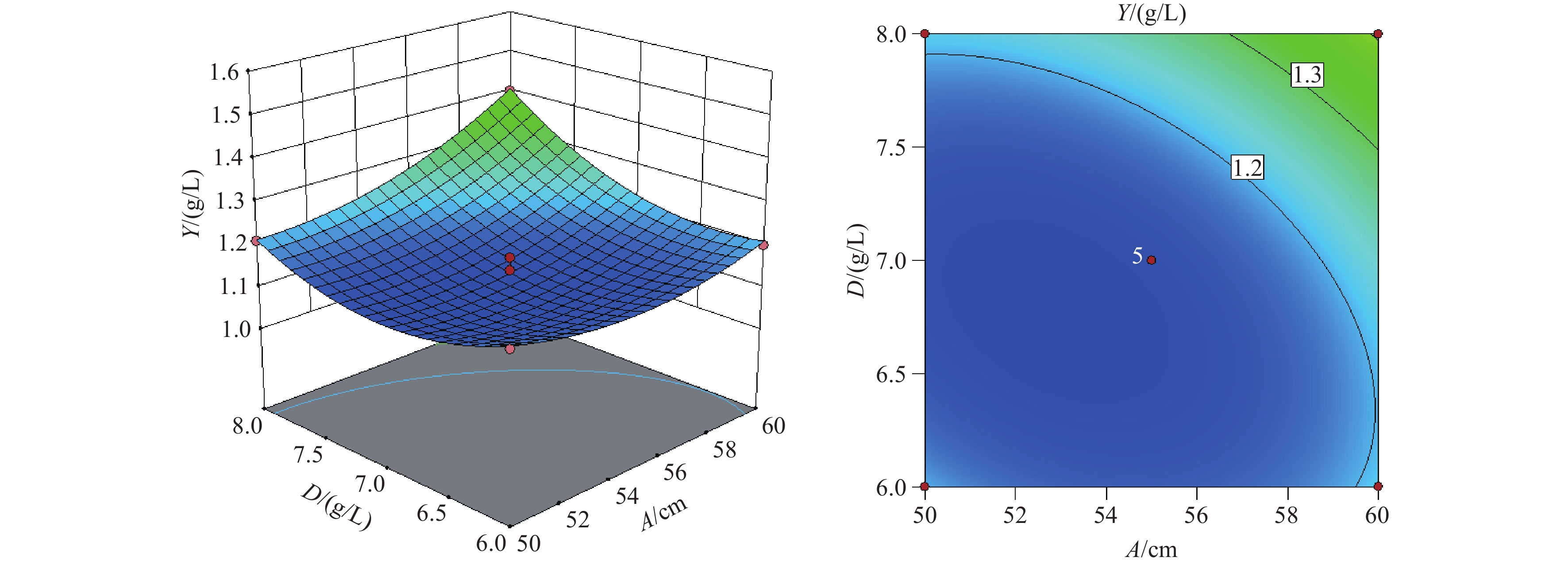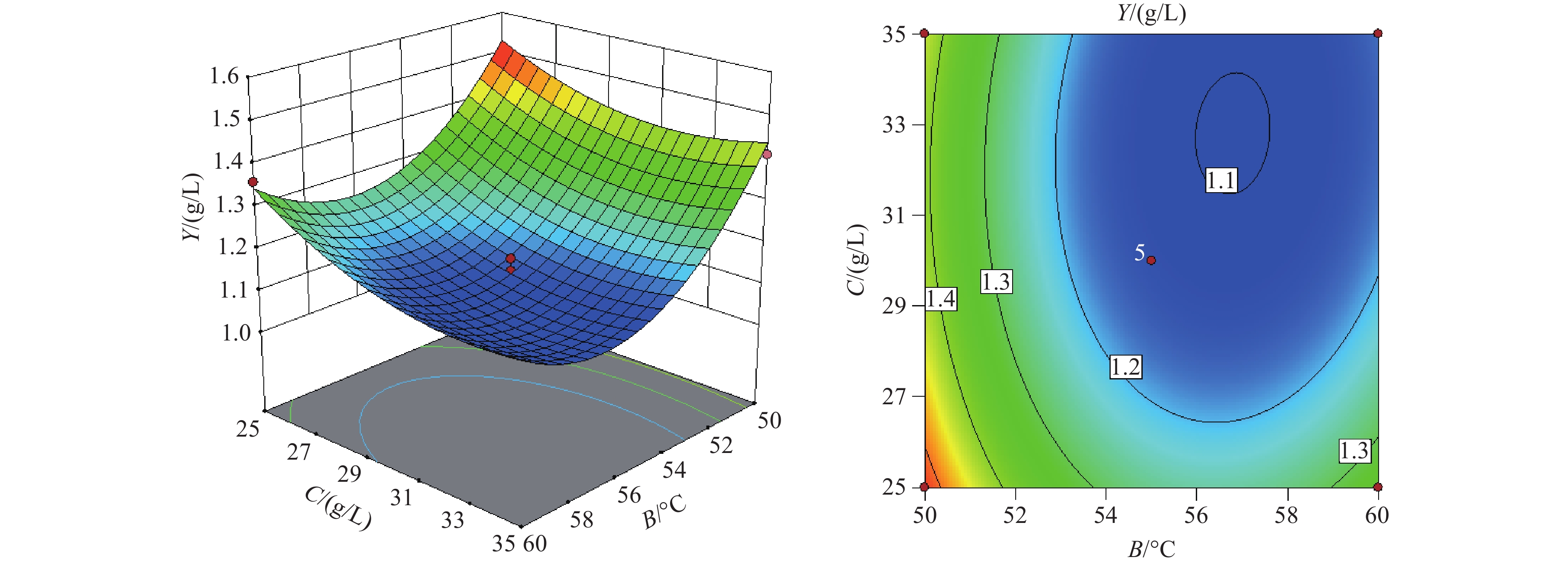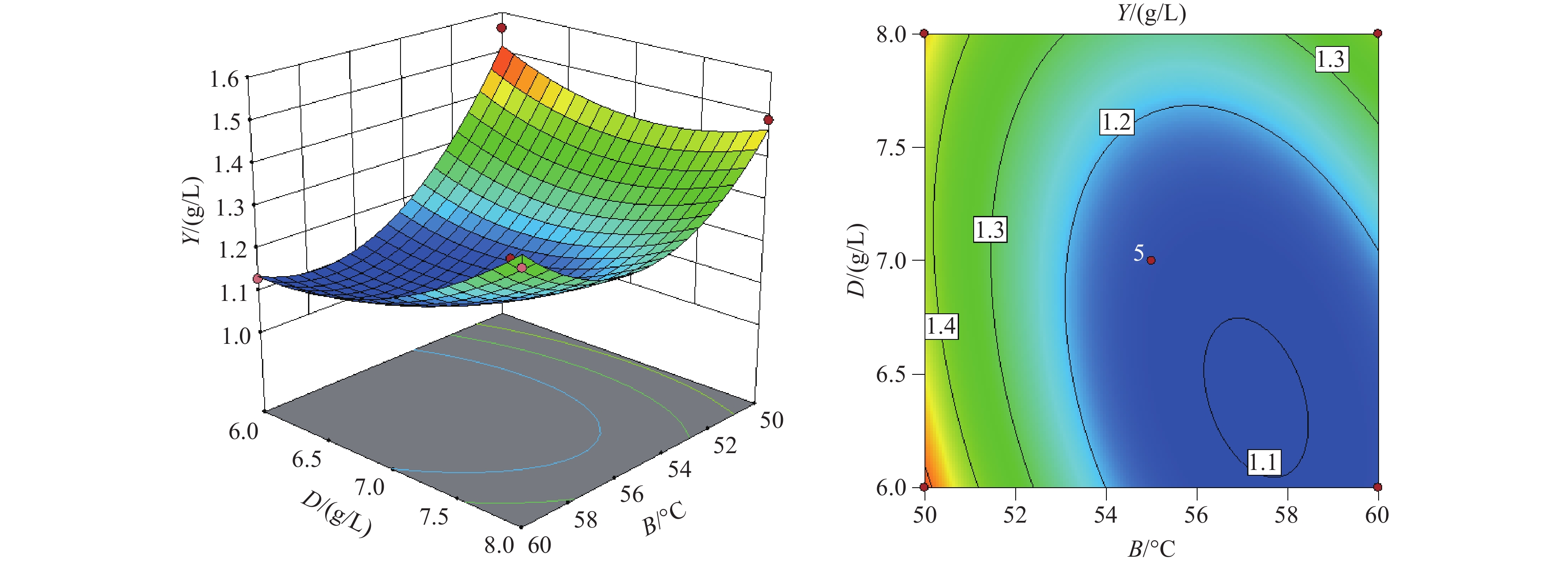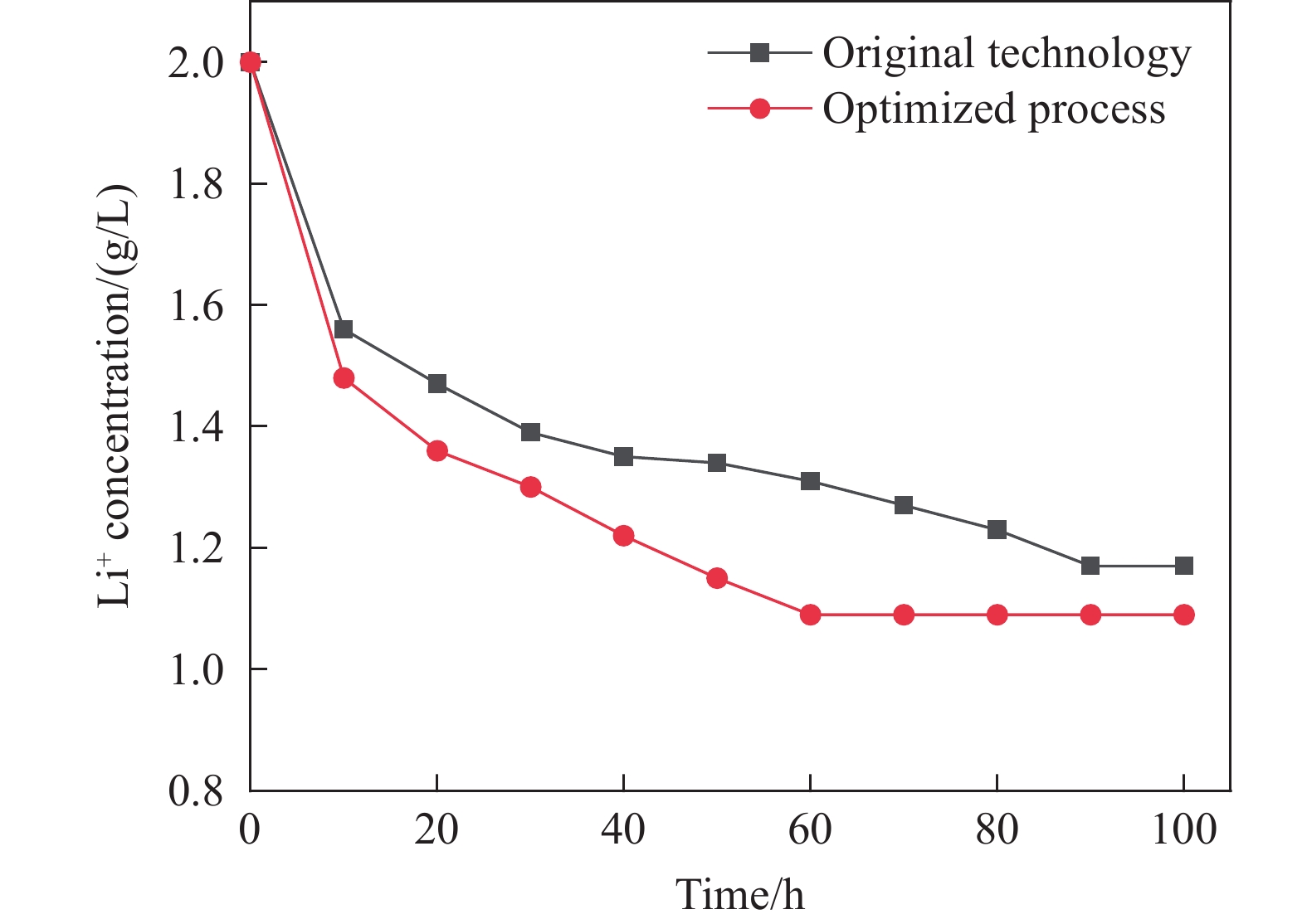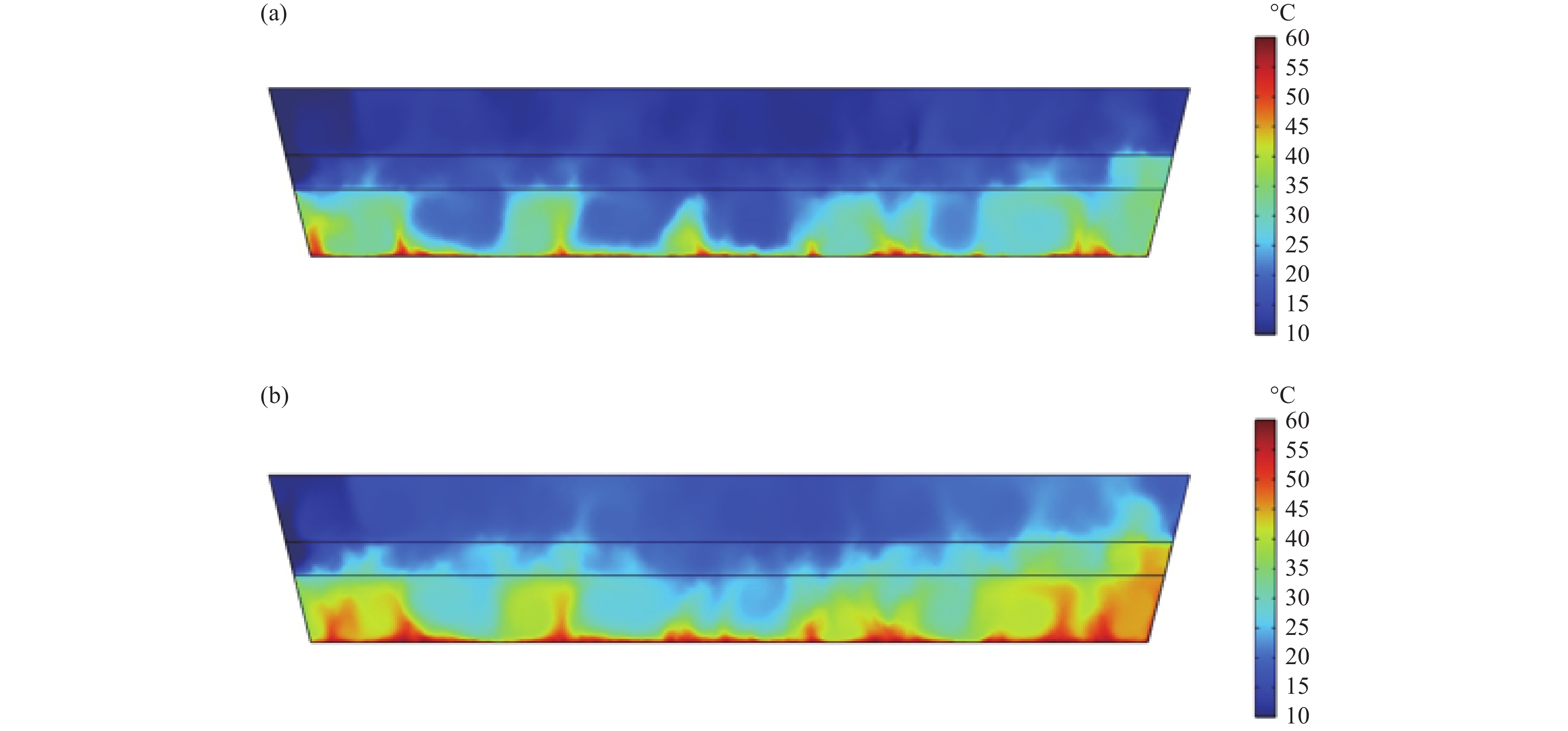| Citation: | Tao Ding, Zhen Nie, Qian Wu, Jiang-jiang Yu, Ling-zhong Bu, Yun-sheng Wang, En-yuan Xing, Mian-ping Zheng, Yu-bin Li, 2025. Optimization of lithium extraction solar pond in Zabuye Salt Lake: Theoretical calculation combined with field experiments, China Geology, 8, 26-38. doi: 10.31035/cg2024085 |
Optimization of lithium extraction solar pond in Zabuye Salt Lake: Theoretical calculation combined with field experiments
-
Abstract
This research optimized the structure of lithium extraction solar ponds to enhance the crystallization rate and yield of Li2CO3. Using the response surface methodology in Design-Expert 10.0.3, the authors conducted experiments to investigate the influence of four factors related to solar pond structure on the crystallization of Li2CO3 and their pairwise interactions. Computational Fluid Dynamics (CFD) simulations of the flow field within the solar pond were performed using COMSOL Multiphysics software to compare temperature distributions before and after optimization. The results indicate that the optimal structure for lithium extraction from the Zabuye Salt Lake solar ponds includes UCZ (Upper Convective Zone) thickness of 53.63 cm, an LCZ (Lower Convective Zone) direct heating temperature of 57.39°C, a CO32− concentration of 32.21 g/L, and an added soda ash concentration of 6.52 g/L. Following this optimized pathway, the Li2CO3 precipitation increased by 7.34% compared to the initial solar pond process, with a 33.33% improvement in lithium carbonate crystallization rate. This study demonstrates the feasibility of optimizing lithium extraction solar pond structures, offering a new approach for constructing such ponds in salt lakes. It provides valuable guidance for the efficient extraction of lithium resources from carbonate-type salt lake brines.
-

-
References
Abdullah AA, Fallatah HM, Lindsay KA, Oreijah MM. 2017. Measurements of the performance of the experimental salt-gradient solar pond at Makkah one year after commissioning. Solar energy, 150, 212–219. doi: 10.1016/j.solener.2017.04.040. Alcaraz A, Montalà M, Cortina JL, Akbarzadeh A, Aladjem C, Farran A, Valderrama C. 2018. Design construction and operation of the first industrial salinity-gradient solar pond in Europe: An efficiency analysis perspective. Solar energy, 164, 316–326. doi: 10.1016/j.solener.2018.02.053. Alcaraz A, Montala M, Valderrama C, Cortina JL, Akbarzadeh A, Farran A. 2018. Increasing the storage capacity of a solar pond by using solar thermal collectors: Heat extraction and heat supply processes using in-pond heat exchangers. Solar Energy, 171, 112–121. doi: 10.1016/j.solener.2018.06.061. Bisht S, Dhindsa GS, Sehgal SS. 2020. Augmentation of diurnal and nocturnal distillate of solar still having wicks in the basin and integrated with solar pond. Materials Today Proceedings, 33(3), 1615–1619. doi: 10.1016/j.matpr.2020.05.732. Bozkurt I, Deniz S, Karakilcik M, Dincer I. 2015. Performance assessment of a magnesium chloride saturated solar pond. Renewable Energy, 78, 35–41. doi: 10.1016/j.renene.2014.12.060. Ding T, Zheng MP, Nie Z, Ma LC, Ye CY, Wu Q, Zhao YY, Yang DH, Wang K. 2022. Impact of regional climate change on the development of lithium resources in Zabuye Salt Lake, Xizang. Frontiers in Earth Science, 10, 865158. doi: 10.3389/feart.2022.865158. Ding T, Zheng MP, Peng SP, Lin YH, Zhang XF, Li MM. 2023. Lithium extraction from salt lakes with different hydrochemical types in the Xizang Plateau. Geoscience Frontiers, 14(1), 101485. doi: 10.1016/j.gsf.2022.101485. Ding T, Zheng MP, Peng SP, Nie Z, Lin YH, Wu Q. 2022. Recovery of lithium ions from salt lakes using nanofibers containing zeolite carriers. Frontiers in Energy Research, 10, 895681. doi: 10.3389/fenrg.2022.895681. Kaushika ND. 1984. Solar Pond: A review. Energy Conversation and Management. 353–376. doi: 10.1016/0196-8904(84)90016-5. Li N, Wang Q, Liu JW. 2021 Experimental study on effect of nanoparticles on thermal performance of salt gradient solar pond. Thermal Science and Technology, 2021, 20(2), 122–127. (in Chinese). doi. 10.13738/j.issn.1671-8097.020106 Nie Z, Bu LZ, Zheng MP, Huang WN. 2011. Experimental study of natural brine solar ponds in Xizang. Solar Energy, 85(7), 1537–1542. doi: 10.1016/j.solener.2011.04.011. Nie Z, Wu Q, Ding T, Bu LZ. 2022. Research progress on industrialization technology of lithium extraction from salt lake brine in China. Inorganic Chemicals Industry, 54(10), 1–12. Rioyo J, Tuset S, Grau R. 2022. Lithium extraction from spodumene by the traditional sulfuric acid process: A review. Mineral Processing and Extractive Metallurgy Review, 43(1), 97–106. doi: 10.1080/08827508.2020.1798234. Sayer AH, Al-Hussaini H, Campbell AN. 2018. New comprehensive investigation on the feasibility of the gel solar pond, and a comparison with the salinity gradient solar pond. Applied Thermal Engineering, 130, 672–683. doi: 10.1016/j.applthermaleng.2017.11.056. Tahat MA, Kodah ZH, Probert SD, Tahaineh AI. 2000. Performance of a portable mini solar-pond. Applied energy, 66(4), 299–310. doi: 10.1016/S0306-2619(00)00021-0. Tang LJ, Zheng MP, Liu JH. 2009. Crystallization experiment of carbonate salt lake brine in simulated solar pool. Acta Geologica Sinica, 30(2), 249–255(in Chinese). Wang J, Wang L, Xu H, Sheng L, He XM. 2024. Perception of fundamental science to boost lithium metal anodes toward practical application. Green Energy & Environment, 9(3), 454–472. doi: 10.1016/j.gee.2023.02.008. Wu Q, Yu JJ, Bu LZ, Nie Z, Wang Y, Renchen N, He T, Zhang K, Zhang JT, He ZK. 2022. The application of an enhanced salinity-gradient solar pond with nucleation matrix in lithium extraction from Zabuye salt lake in Xizang. Solar Energy, 244, 104–114. doi: 10.1016/j.solener.2022.08.031. Yu JJ, Zheng MP, Tang LJ. 2013. Comparison of lithium extraction from carbonate brine by laboratory simulation and solar pond. Advances in Chemical Industry, 32(6), 1248–1252(in Chinese). Zheng MP, Xing EY, Zhang XF, Li MM, Che D, Bu LZ, Han JH, Ye CY. 2023. Classification and mineralization of global lithium deposits and lithium extraction technologies for exogenetic lithium deposits. China Geology, 6(4), 547–566. doi: 10.31035/cg2023061. -
Access History

-
Figure 1.
Schematic diagram of the construction of extraction lithium solar pond.
-
Figure 2.
Setting of LCZ temperature of UCZ with different thickness.
-
Figure 3.
Radiative transmittance through different ice layers.
-
Figure 4.
Heating map of solar pod with different layers of NCZ.
-
Figure 5.
Thermal efficiency of solar ponds with different NCZ layers.
-
Figure 6.
c-t curves of pre-sunning brine into LCZ at 40°C, 50°C, 60°C and 70°C.
-
Figure 7.
c-t curve of lithium carbonate in desorption solution and bath brine during controlled temperature rise.
-
Figure 8.
c-t curves of constant temperature rise (a,c,e) and direct temperature rise (b,d,f) to 50°C
-
Figure 9.
Effect of AB interaction on Y.
-
Figure 10.
Effect of AC interaction on Y.
-
Figure 11.
Effect of AD interaction on Y.
-
Figure 12.
Effect of BC interaction on Y.
-
Figure 13.
Effect of BD interaction on Y.
-
Figure 14.
Effect of CD interaction on Y.
-
Figure 15.
Comparison of crystallization before and after optimization of lithium extraction solar pond process in Zabuye salt lake.
-
Figure 16.
Distribution of temperature field: a–before optimization and; b–after optimization.

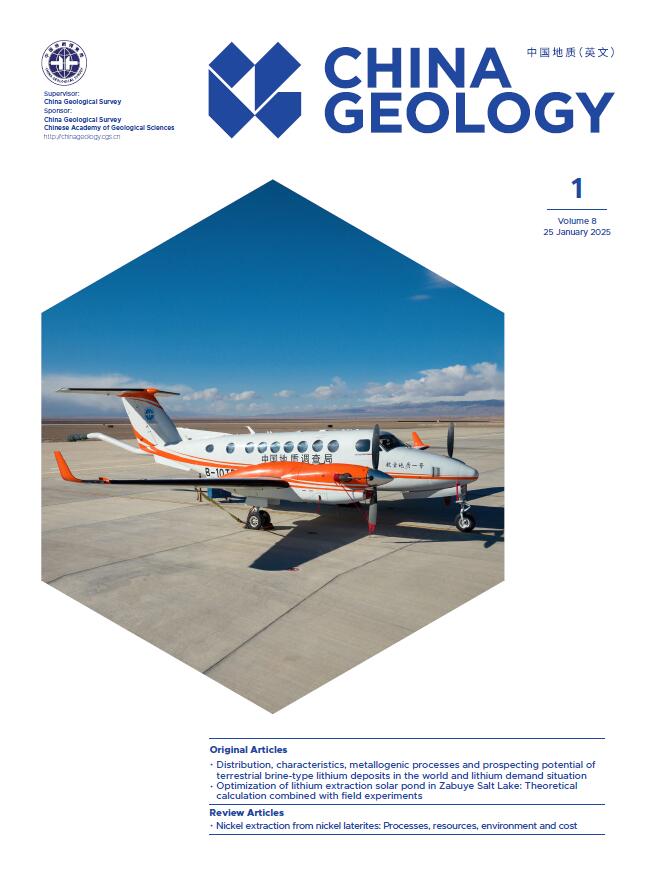



 DownLoad:
DownLoad:
